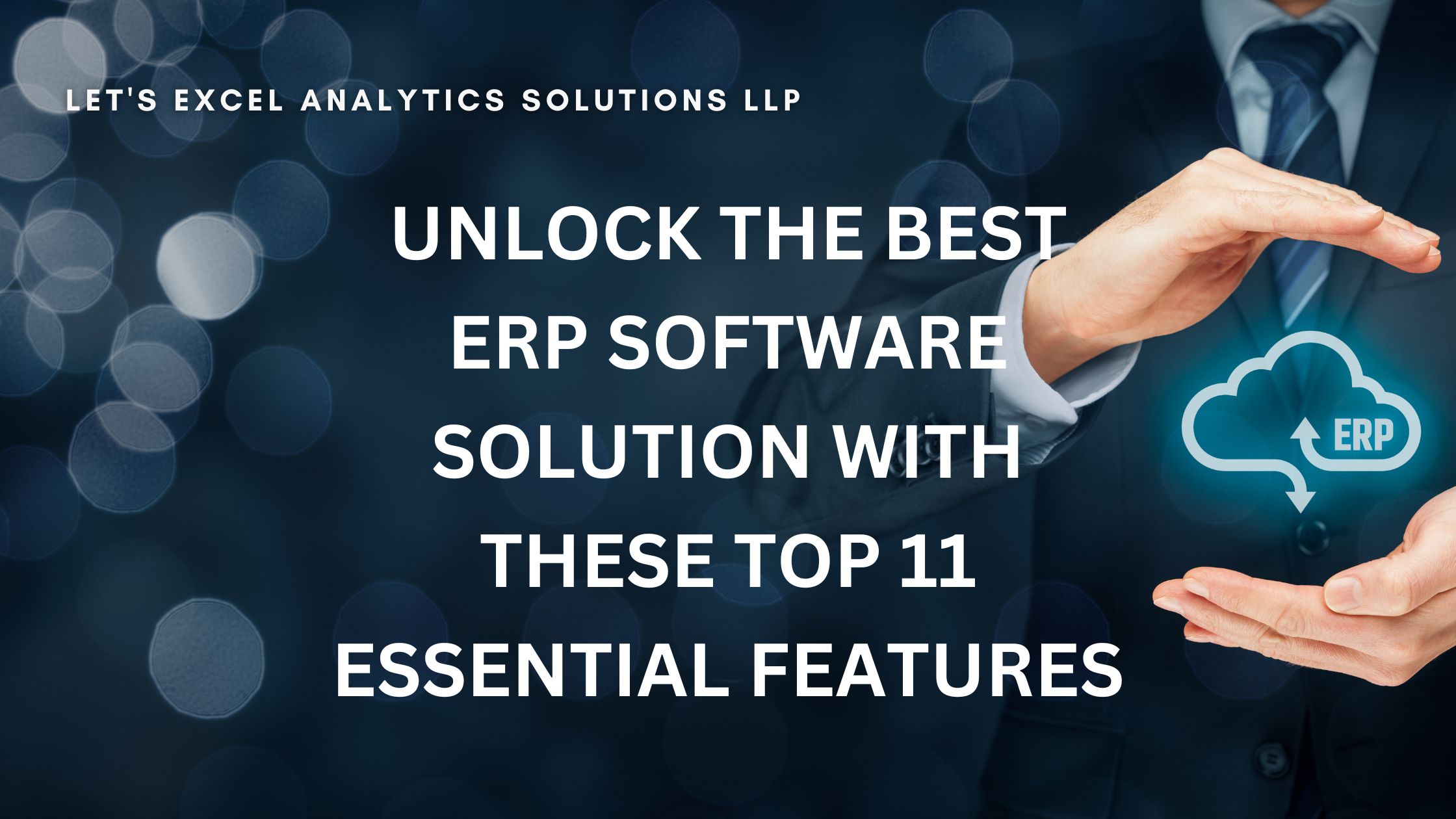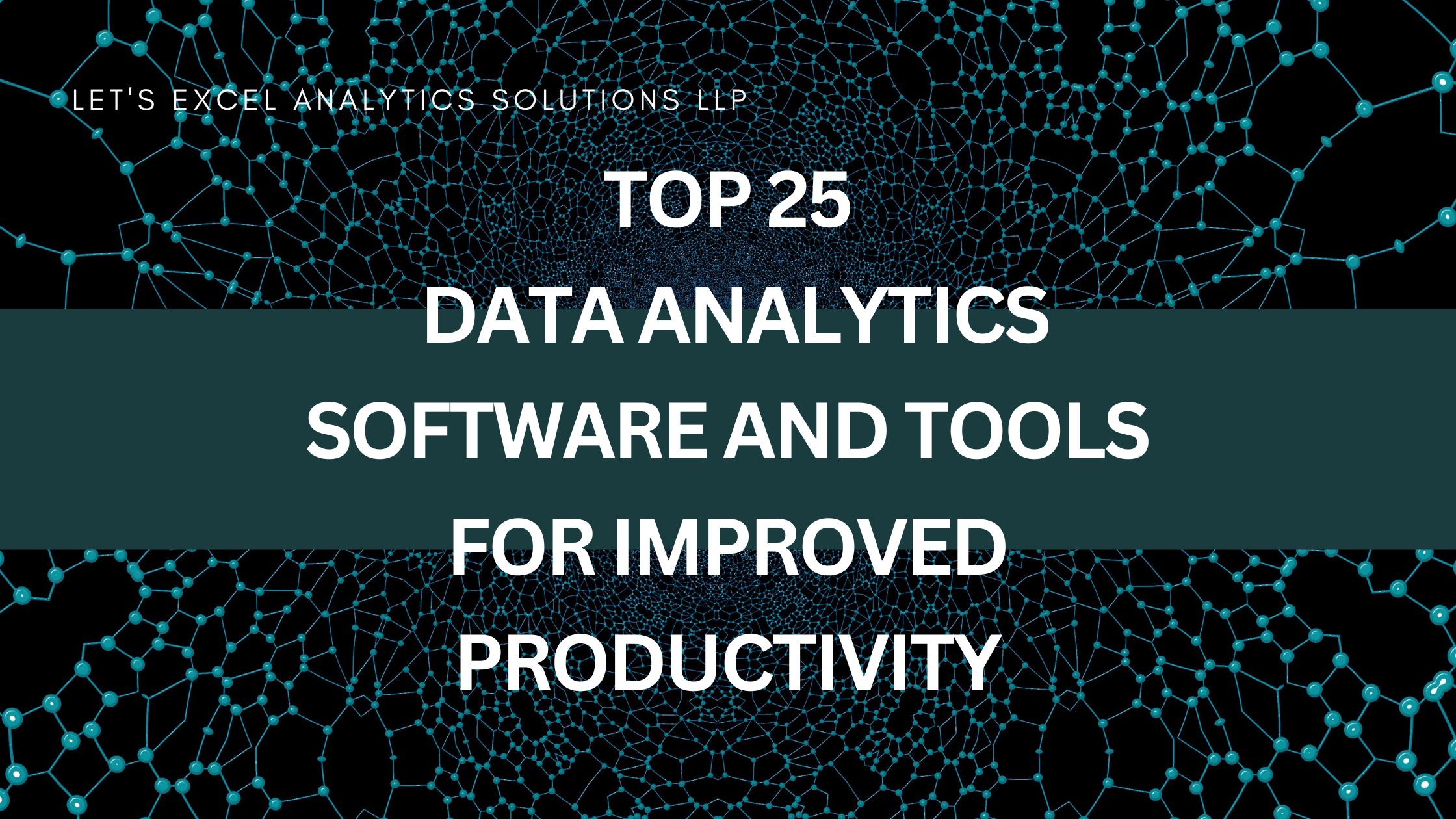Introduction to Predictive Analytics in Health Care
Predictive analytics in Healthcare has had a huge impact on the healthcare system and finds a great many applications driving innovations related to patient care. The purpose of this blog is to apprise you of the wonders predictive analytics is doing in the patient-care.
“Predictive analytics is a branch of Data Science that deals with the prediction of future outcomes. However, it is based on the analysis of past events to predict the future outcomes.”
Talking about predictions has always fascinated mankind since time immemorial. Nostradamus set forth prophecies about catastrophes, disease, health, and well-being. Who would have known that this art of foretelling could transform into a Science, Predictive Analytics!
Advantages of the applications of predictive analytics in healthcare.
- Predict curable diseases at the right time.
- Predict pandemic and epidemic outbreaks.
- Mitigate the risks of clinical decision making.
- Reduce the cost of medical treatments.
- Improve the quality of patient life.
“Patient-care has quite a transitioned from relying on the extraordinary ability of a physician to diagnose and treat diseases to the use of sophisticated and state-of-the-art technology to provide innovative patient care”
For the matter of discussion, the applications of predictive analytics in healthcare have been divided into three aspects of patient care.
- Diagnosis
- Prognosis
- Treatment
Use of predictive analytics in medical diagnosis
Early detection of cancer
Many Machine Learning algorithms are being used by clinicians for the screening and early detection of precancerous lesions. QuantX (Qlarity Imaging) is the first USFDA approved ML breast cancer diagnosis system for predictive analytics. This computer-aided (CAD) diagnosis software system assists radiologists in the assessment and characterization of potential breast anomalies using Magnetic Resonance Imaging (MRI) data. Another image processing ML application is developed by the National Cancer Institute (NCI) that uses digital images taken of women’s cervix to identify potentially cancerous changes that require immediate medical attention.
Predisposition to certain diseases
Predictive analytics has a huge potential to determine the occurrence and predisposition of genetic and other diseases. This domain leverages the data collected from the human genome project to study the effect of genes linked to certain disorders. This is known as pleiotropic gene information. Many such models have been developed to determine the risk of manifesting diseases like osteoporosis, diabetes, hypertension, etc., in the later stages of life.
Prediction of disease outbreaks
The prediction of disease outbreaks that could eventually turn epidemic and pandemic is an indispensable tool for emergency preparedness and disaster management. Many lives could be saved if the outbreak of such diseases is known to us in the first place. However, the efforts of researchers modeling the spread of deadly diseases like Covid19, Zika, and Ebola viruses have yet to bear the fruit of success. The most probable reason could be the complexities in the data collection procedures and the highly dynamic nature of the pathogens like viruses.
Use of predictive analytics in disease prognosis.
Deterioration of patients in ICU
The predictive algorithms developed from continuous monitoring of the vital signs of a patient are used to predict the probability of the patient deterioration and need for immediate intervention in the next 1 hour or so. It is well established that early intervention has a huge success in preventing patient deaths. These predictive algorithms are also used in the remote monitoring of patients in intensive care units (ICU). The remote monitoring of patients, also known as Tele-ICU, is highly effective for aiding intensivists and nurses during situations like Covid19 when the healthcare system is pushed to the limit.
Reducing hospital stays
Prolonged hospital stay and readmission rates are very expensive in the patient’s pockets. The analysts are constantly looking at the patient data to monitor the patient prognosis to treatment that averts any unwarranted hospital stay. The effect of the future outcomes on patient health can also be determined to customize the patient-specific treatment modalities that prevent readmissions.
Risk scoring for chronic diseases
Predictive analytical applications have been designed that can identify patients who are at high risk of developing chronic conditions in the early stage of disease progression. The early detection of the disease progression allows better management of the condition. In the majority of the cases, the disease prognosis could be controlled to a great extent to have a significant effect on the patient’s quality of life.
Predictive analytics in treatment of diseases
Virtual hospital settings
Philips developed a concept technology of virtual hospital settings for predictive care of high-risk patients at their homes. This analytics employs data from the medical records of thousands of patients and the medical history of a particular patient (senior) to build predictive models that can identify the patients who are at risk of emergency treatment in the next month. Various devices have been developed that provide alerts for potential emergency treatment and are known as Automatic Fall Detection (AFD). The AFD collects data continuously from the patient’s movements in all directions (using accelerometer sensors) and uses the data to pick the subtle differences between normal gait and potential fall situations. This device has gained so much popularity that Apple added this feature to Apple Watch Series 4.
Digital twins
Another marvel of predictive analytics for patient care is digital twin technology. In this technology, predictive analytics, IoT, and cloud computing tools are used to develop a virtual representation of the human body. The virtual representation mimics the actual biochemical processes in the human body by constantly collecting data from millions of such patients. The data is modeled to project the possible cause of the patient’s symptoms and suggest the most viable treatment modality specific to the patient’s condition. The treatment modality recommended by the twin can be assessed virtually before implementation on the patient and possible complications can be known and averted in the first place.
Conclusion
The adoption of predictive analytics has ushered personalized and patient-centric transformations into the healthcare industry. However, its scope is not limited to patients alone, it has a huge potential to overhaul other areas of the healthcare system like administration, supply chain, engineering, public relations, and so on.
Interested in building predictive analytical capabilities in your organization?


